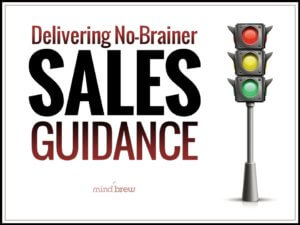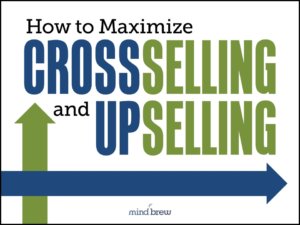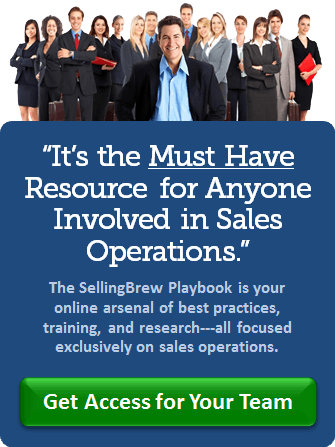Drawing on the work of several earlier inventors, Christopher Latham Sholes filed a patent for a typewriter in 1868. But Sholes’ first typewriter, which he referred to as a “literary piano,” was quite a bit different than the keyboard we know today. For one thing, the keys were made of ebony and ivory, like a piano. And for another, the first keyboard layout looked like this:
3 5 7 9 N O P Q R S T U V W X Y Z
2 4 6 8 . A B C D E F G H I J K L M
But this keyboard layout had a big problem — the keys would get stuck when typists got going too fast. (Maybe in part due to the letters I and O playing double-duty as 1 and 0).
To solve the problem, Sholes invented a new keyboard that made its debut in 1874. This one separated letters that were commonly typed one after the other (like S and T), so that the keyboard wouldn’t jam. Although popular legend says that Sholes’ new keyboard was designed to slow typists down, it actually sped things up by preventing jams.
Sholes’ new keyboard had the familiar QWERTY arrangement that we still use to this day. Everything about it, including the staggered spacing of letters, was designed to prevent the mechanical problems that plagued earlier typewriters.
Sholes’ second keyboard proved so popular that nearly 150 years later, we still use it — long after the need for it has passed. Computers and smartphones don’t have these same mechanical issues that can lead to jams, so there’s really no reason to stick with the QWERTY keyboard.
No reason other than familiarity, that is.
If keyboards suddenly switched to a new layout, everyone would have to learn to type all over again. That’s hard, and it takes a long time. In fact, several inventors have come out with alternatives like the Dvorak keyboard, which allow people to type much more quickly. But none of the alternatives have ever caught on widely, despite their obvious benefits.
As a sales ops professional, it’s important to remember the power of familiarity.
If you introduce the sales team to something new — be it a new CRM system, sales guidance, dashboards, reports, pricing, messaging, or something else — you are always going to run into some challenges. Convincing people to do things a new way takes a lot of time and effort.
But on the flip side, you can also put familiarity to work for you. For example, if you can make a new dashboard look a lot like another tool the team already uses, you have a much greater chance of getting the team to use the new one. Or if they already use email, you can send alerts from a new CRM straight to their email instead of asking them to log in to a new and unfamiliar system. That way they get the benefits of the new systems without really having to change their behavior.
We develop this idea in greater depth in several different resources:
- Delivering No-Brainer Sales Guidance
- Maximizing & Measuring Sales Tools
- How to Maximize Cross-Selling and Up-Selling
- Developing Effective Sales Dashboards
Incidentally, you can also see this principle of combining something new with something familiar in Christopher Latham Sholes’ political career. You see, he won elections to serve in the Washington State Senate and Assembly as a Democrat, then as a member of the Free Soiler party, and then as a Republican. By combining a new party with a familiar face, he was able to accomplish his goals. Something to remember as you launch new sales ops initiatives.















